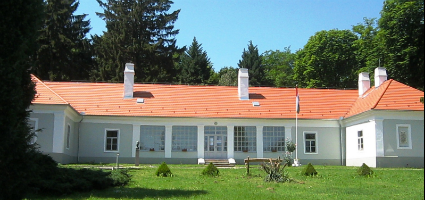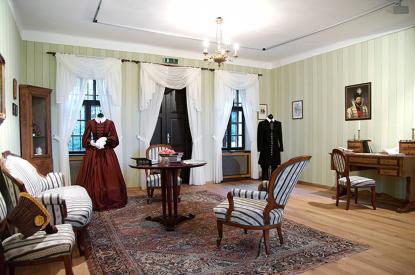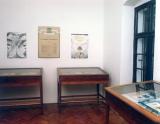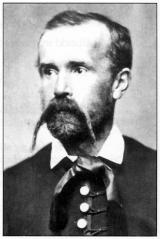2024. November 24. Sunday
Imre Madách Memorial Museum - Csesztve
 |
Address: 2678, Csesztve Kossuth L. u. 7.
Phone number: (35) 344-319, (20) 484-3090
E-mail: madachemlekhaz@gmail.com
Opening hours: Tue-Fri 10-14, Sat 10.00-14.00, Sun: on prior notice
|
The Memorial Museum of Csesztve is the only memorial place established for Madách. The writer of the Tragedy of man lived in the mansion house of the Nógrádian village between 1844 and 1853. A good number of his poems, letters and confessions were written from Csesztve. He spent the first happy years of his married life here after 1845. He took active part in the political life of the county in the last years of the reform era and in the war for independence in 1848/49



